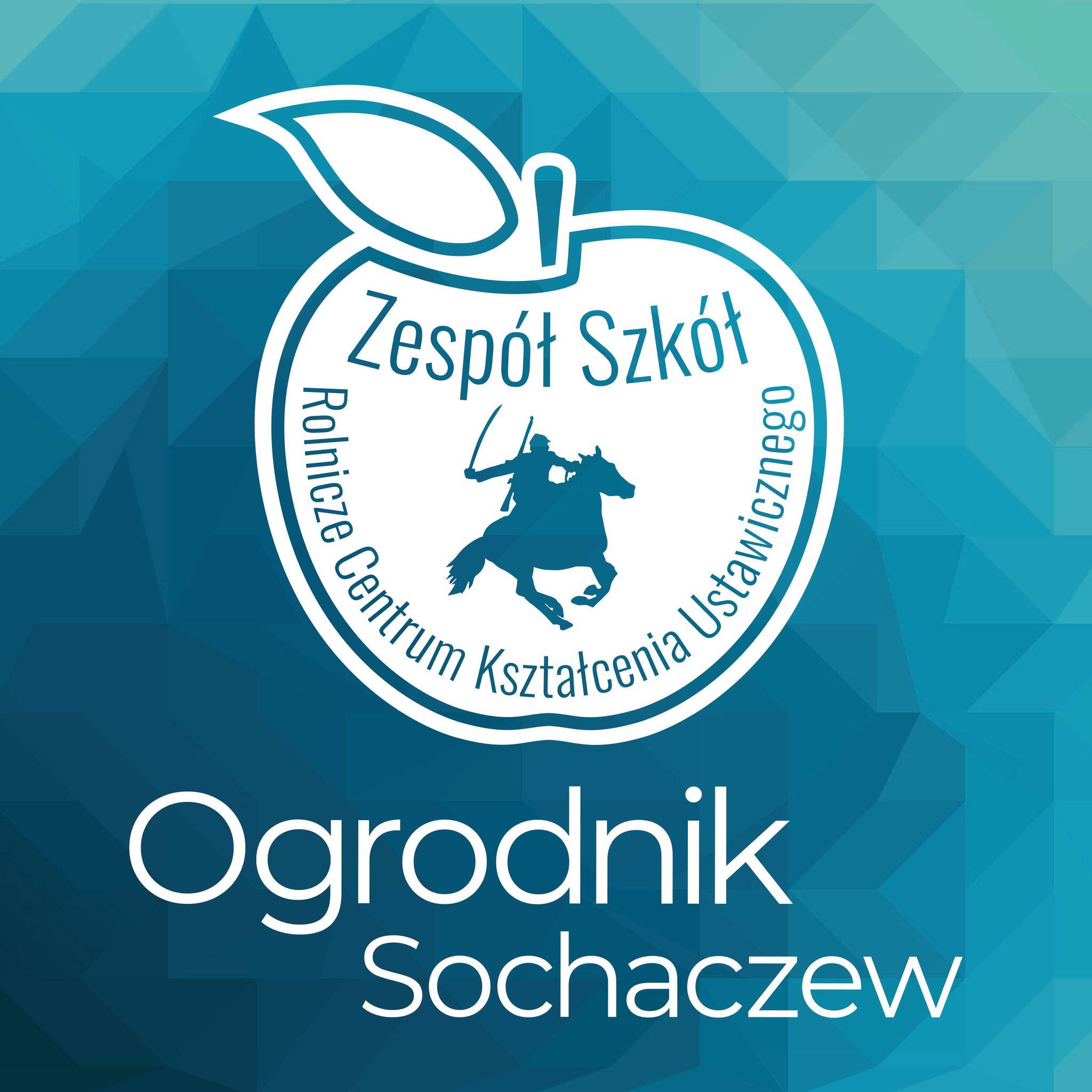In Italy, cheese is considered one of the most important ingredients in the kitchen and is eaten in various ways throughout the day. Italian cheeses are characterized by a rich and intense flavor and a variety of types.
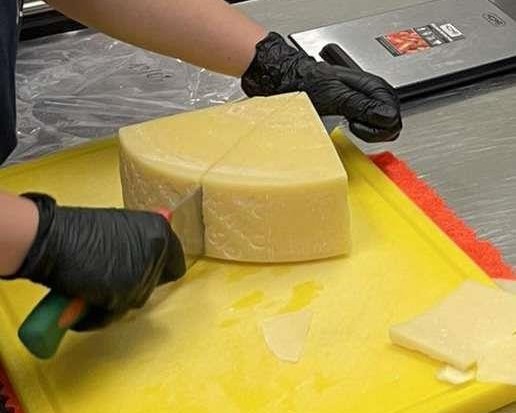
Montasio
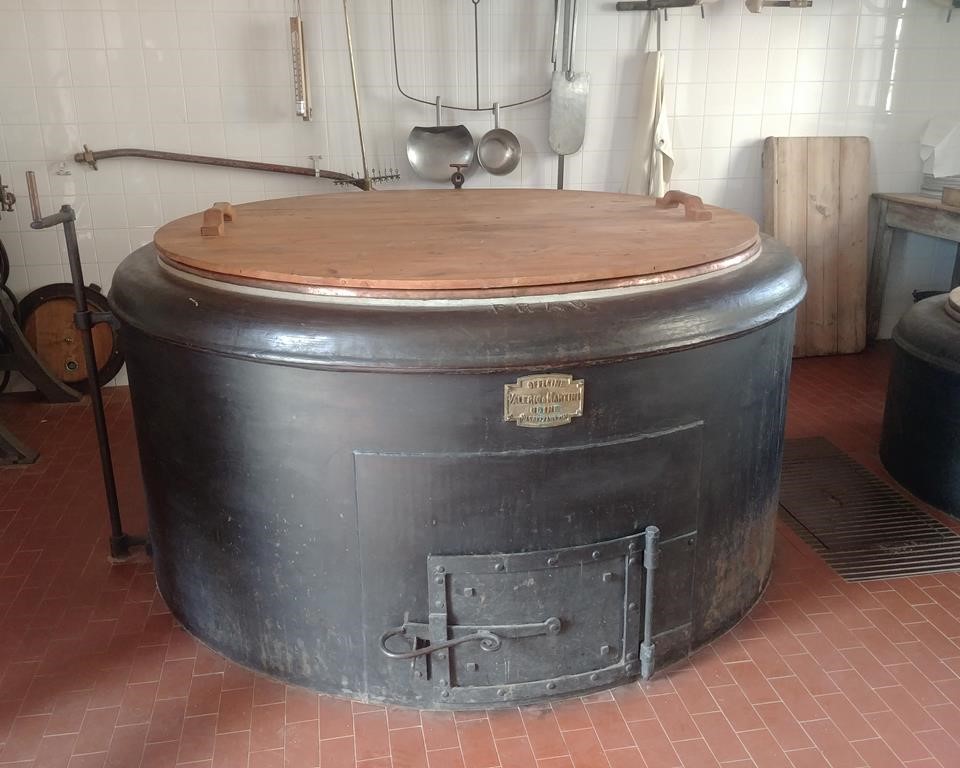
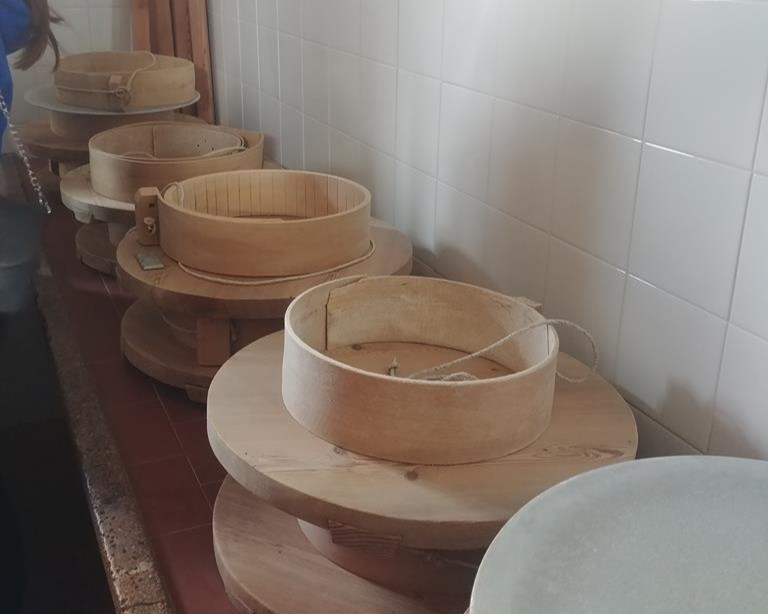
Montasio is an Italian cheese produced mainly in the Friuli-Venezia Giulia region. It is a hard cheese with a rather intense flavor, made from cow’s milk. Montasio can have varying degrees of ripeness, from young to very aged, which affects its flavor and texture. It is a perfect addition to salads, spreads, or fillings for meat dishes.
Production Process
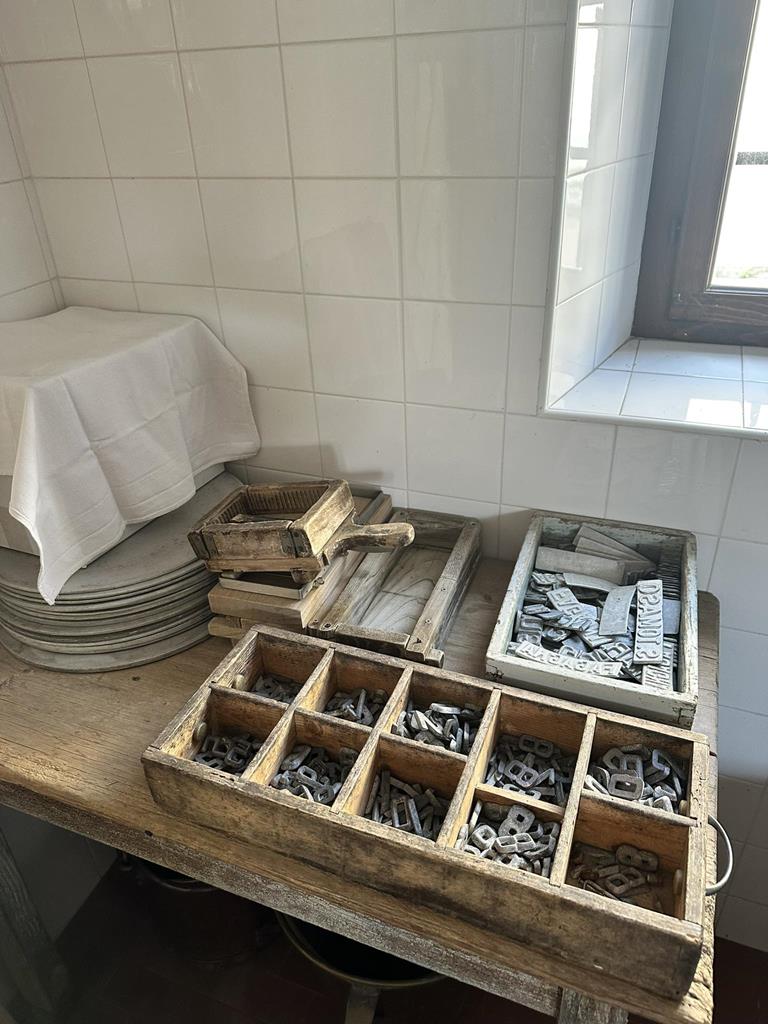
- Milking cows and delivering milk in aluminum containers to the dairy.
- Cacarra poured milk into the cauldron, monitored the temperature and the entire process of making cheese.
- Separation of whey from the rest.
- Putting the cloth into the cauldron to separate and collect the cheese from the leftovers.
- Transferring cheese masses to molds and the ripening process.
- Regularly checking the ripeness of the cheese.
- Ripening lasts from a month to even 18 years, but the longer the process lasts, the better the aroma and the higher the price of the cheese.
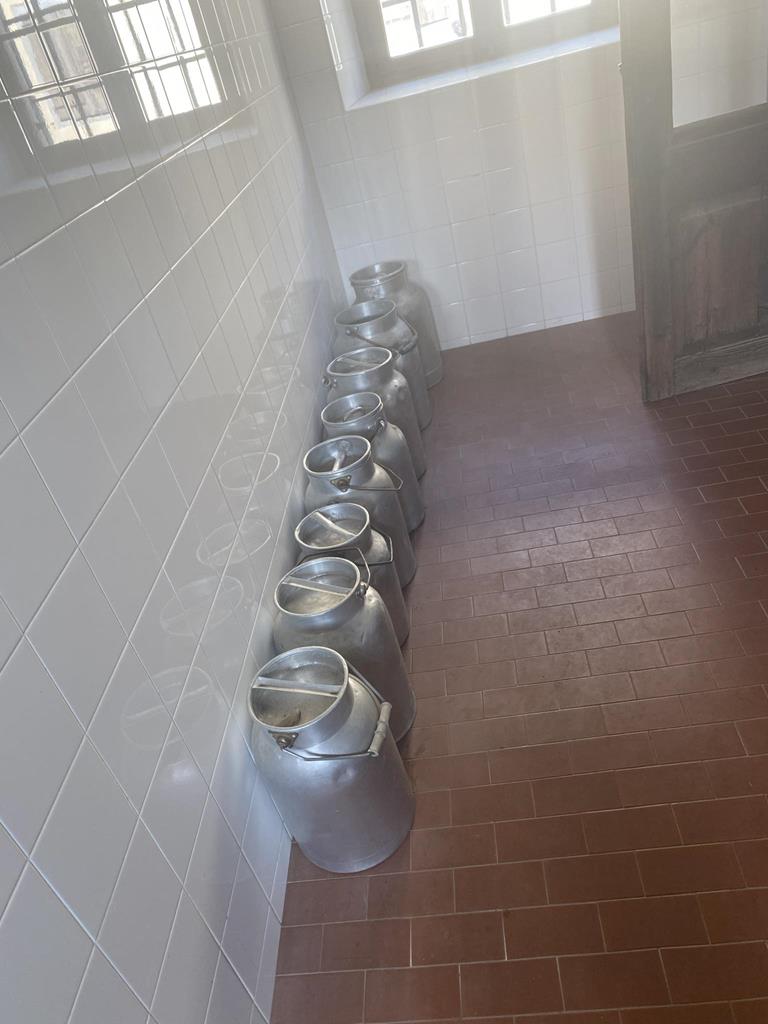
Other famous cheeses
Mozzarella di Bufala
Ricotta
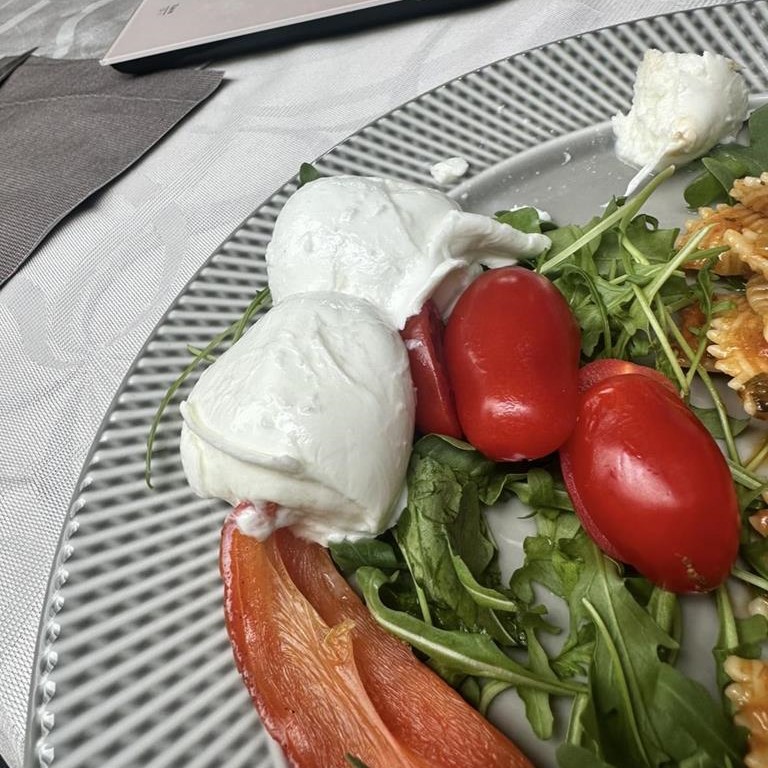
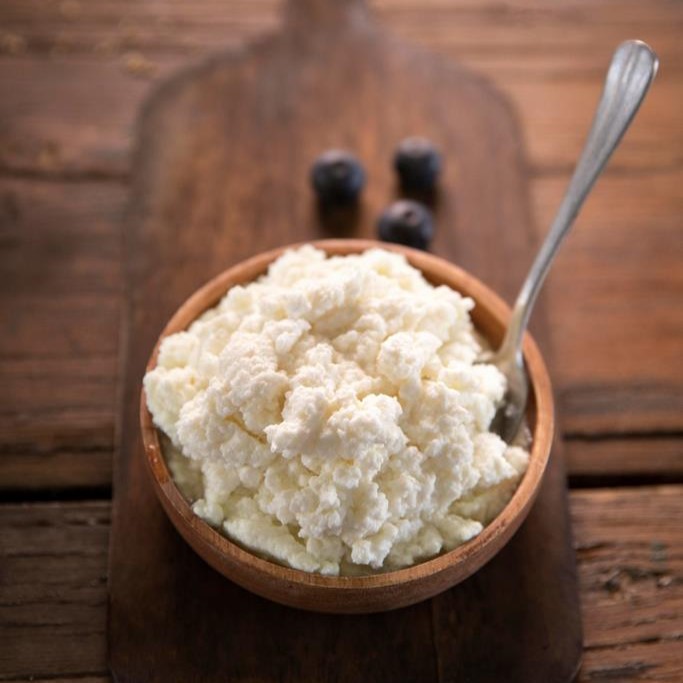
It is one of the most famous Italian cheeses, originating from the Campania region in southern Italy. It is made from buffalo milk rather than cow milk, which gives it a distinctive flavor and texture. It is a cheese with a delicate flavor and a creamy, buttery consistency. It is often used in Italian cuisine to prepare dishes such as pizza, caprese salads and casseroles. Italian tradition says that the best Mozzarella di Bufala is produced near Naples. Its composition is rich in protein, calcium and vitamins, which makes it a healthier alternative to traditional cheese.
It is made from cow’s milk, which is heated and fermented using natural bacterial cultures. A soft, unripened curd cheese, originally produced in Italy from the whey remaining from rennet cheeses through second cooking, resembling cottage cheese. It is a cheese with a delicate, creamy consistency and a slightly sour taste. Ricotta cheese is often used in Italian cuisine to prepare salads, sandwiches, and as an ingredient of various main dishes. It can also be served with fresh herbs, olive oil and bread. This cheese, thanks to its unique consistency and taste, is popular all over the world.
Parmigiano Reggiano
Gorgonzola
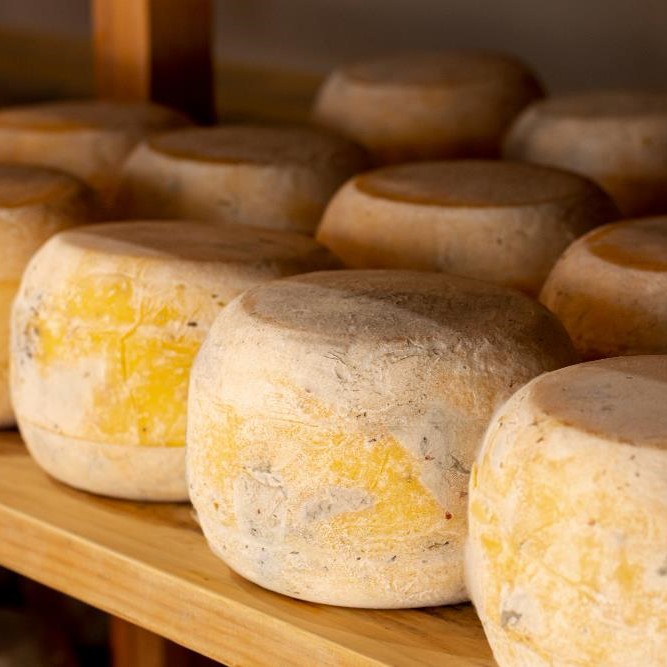
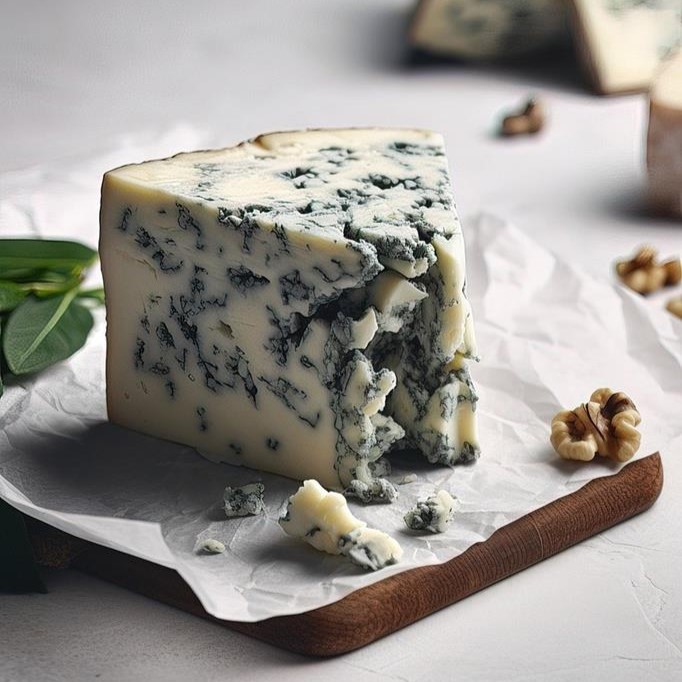
Cheese from the Emilia-Romagna region in Italy. Parmigiano Reggiano is made from only three ingredients: milk, salt and rennet. It matures for at least 12 months, and some cheeses are stored for up to 36 months, which gives it an intense and distinctive flavor. It is a cheese with a crunchy consistency, full of aroma and a delicate nutty flavor. Parmigiano Reggiano is not only a delicious addition to pasta and salads, but also an excellent cheese to eat on its own. It is one of the most famous Italian cheeses in the world and has the DOP (Denominazione di Origine Protetta) designation, which means that it is protected by law and can only be produced in a specific region. The cheeses are regularly checked for their quality and authenticity.
This is one of the most famous Italian blue cheeses, made from cow’s milk. The name comes from the town of Gorgonzola in northern Italy, where the cheese was first produced in the 13th century. Italian strict law regulates the production of Gorgonzola, specifying, among others: the type of milk from which it can be produced and the ripening time of the cheeses. Gorgonzola is a rich source of protein and vitamin A. It is popular not only in Italy, but also around the world, especially in French and American cuisines. Gorgonzola is produced in two types: “dolce” with a sweeter taste and “piccante” with a spicier taste.
